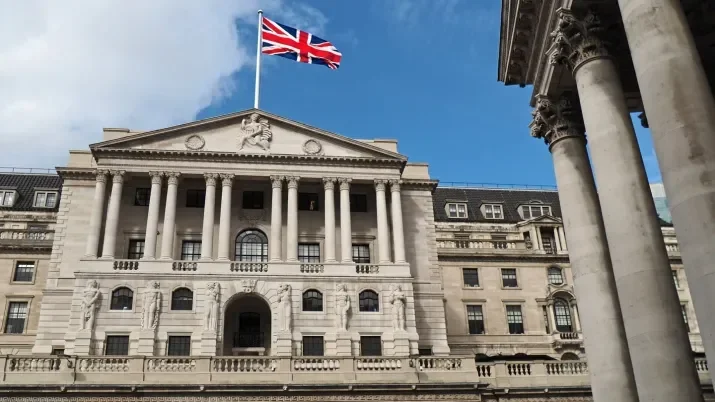How Will Brexit Impact UK ABS?
This year has been a big one for sterling bond supply, especially in the ABS market. With the end of the Bank of England’s Term Funding Scheme and the comeback of traditional bank issuers, UK issuance volume year-to-date has totalled €25bn from 38 deals placed across different asset classes.
Supply has been plentiful, but what about demand? One of the questions our investors have been asking us lately is: what will be the impact of Brexit on pricing and volatility in the ABS market, and could it be driven by capital outflows from European investors? It isn’t an easy question to answer, but having looked at investor demand for all the UK deals issued in 2018, there are a couple of points worth highlighting.
First, subscription levels have been high across asset classes, from UK Prime RMBS to Auto ABS and CMBS. Mezzanine tranches, which are typically much smaller in size than the triple-A senior tranches, have been two or three times covered if not more, which reflects the appetite of certain investors for the higher risk/attractive return part of the capital structure. Senior tranches, which are typically around 85% of the total deal size, have been covered on average between 1.2 and two times. That said, we definitely saw some weakness in the market during the summer period, where spreads widened by around 20bp across all tranches and where a few deals struggled to get done. The main drivers for this were a negative geopolitical backdrop, and more importantly a high level of new issuance into a market slowing down for the summer. As participants went on holiday, issuers had to compete for the reduced attention of investors, and this competition translated into more attractive spreads.
The demand is there, but where is it coming from? According to the country distribution stats, UK deals have mostly been bought (90-95%) by UK investors. Some UK issuers have also brought deals with dollar tranches only, resulting in a buyer base primarily from the US as expected. So with a strong domestic investor base, and foreign investors largely from the US and Asia, any potential outflows from European investors should be limited. We did note that for three UK deals European demand was higher (15-25%) than usual. That specific demand came from big European institutions that tend to enter the market with large orders when prices are attractive – it seems their decision to invest in UK ABS market is not driven by credit concern but by relative value. In fact, these deals were issued in a period of higher volatility when levels were cheaper compared to other issues. This is definitely something we like, because these investors act as a backstop for volatility, playing when spreads start widening and help them stabilise.
It is important to caveat these comments by noting that all ABS are market traded instruments. Should a collapse in Brexit negotiations lead to a market-wide risk off move, then ABS may also experience some spread widening and volatility. However, we do not anticipate price drops being driven by capital outflows from European investors, given the current source of demand for UK deals. And with fundamentals remaining strong, we are happy with the attractive level of income the UK ABS market is offering.




